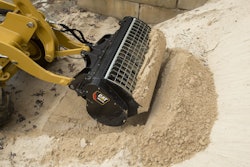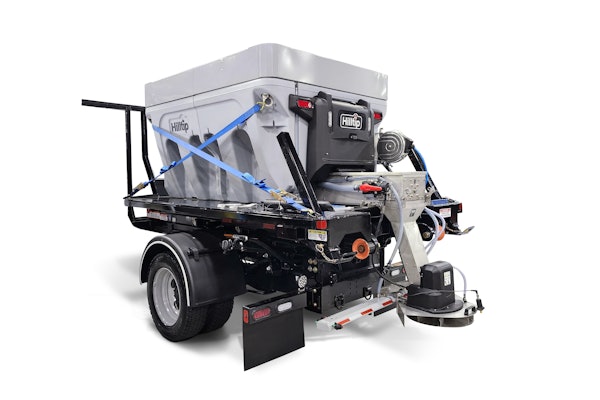
Landscaping teams and business owners should be on the same page concerning how to respond to an emergency on the project site. All team members should also know how to plan ahead and prevent emergencies whenever possible.
Read on to learn how to handle an emergency on a project site. Landscaping teams will be safer after practicing these measures, ensuring the health and well-being of everyone employed by the landscaping business.
Use an emergency number list
Landscapers spend most of their time out in the field using heavy machinery and equipment. While they’re always trained before using things on their own, sometimes accidents happen and people get hurt. In the panic of an emergency, it may not be easy to remember specific phone numbers that are saved on computers or in binders back at the management office.
That’s why it’s smart to provide landscaping teams with a list of emergency numbers and a thorough emergency response plan. 911 for local emergency response is expected but should be followed up with contacts for the fire department, hospital, and any utility company that may need to be contacted.
Communicate about evacuation routes
In the case of bad weather, all landscapers should be aware of evacuation routes they could take to somewhere safe. After reading about specific plans, these routes could be determined by the area of a city or region of the state the landscaping business covers.
Areas that are more at risk for certain weather events can check local government rules about evacuations. For example, a city may be more prone to wildfires. If that’s the case, team members can be trained to call local authorities to double-check which routes are the safest to get out of the area.
Train crew members for CPR
Flying debris and potential allergic reactions to certain plants may cause difficulty in breathing for some crew members. If a landscaper was choking on debris or passed out from an allergic reaction, crew members should respond with CPR until emergency professionals arrive.
The entire team can sign up to learn CPR at a local organization that holds classes. It’s always smart to have at least one person certified who’s out in the field most of the time. Knowing how to resuscitate an individual can come in handy in many emergencies.
Provide the right protection
A landscaping crew’s health is at risk when they’re exposed to the natural elements for long periods. Some projects take longer than others, and when that happens in the direct heat of the sun, people can get sick or hurt.
That’s why business owners should provide the right protection for their landscapers to use. That may mean issuing wearable items, such as ice vests or wetted clothing.
Wide-brimmed hats, sunscreen, and rain gear are other great options to protect landscapers from emergencies. If a weather event happened while the crew was out at a job, the equipment would help them handle the situation by protecting them.
Plan for power loss
Some landscaping equipment for smaller jobs may be more old school, like clippers or shears. However, many modern crews use electric tools to get each project done.
In the event of a power loss while out in the field, crew members should be trained to unplug all equipment. It may not be possible to continue the job with traditional tools, but unplugging will save the machinery from a potential power surge after the power comes back on.
Crew members must also learn that when the power goes out, they need to check their surroundings. A sparking power line or downed utility pole may be more of an immediate danger to a crew working nearby.
Plan ahead for landscaping emergencies
The only way any landscaping crew can handle an emergency is by being on the same page. That means management has to think ahead with everyone on the team.
Communicating, planning, and even walking through rehearsal situations will keep landscaping crew members safe during any emergency. Pay close attention to things like what they wear and the local environment they’re working in to provide instructions specific to their daily situations.
EDITOR’S NOTE: This article was written by Holly Welles. Welles is a freelance writer with an emphasis on home improvement, business, and commercial real estate. She regularly contributes to sites like Homes.com and Porch as well as publishing weekly updates on her own home improvement blog, The Estate Update.











